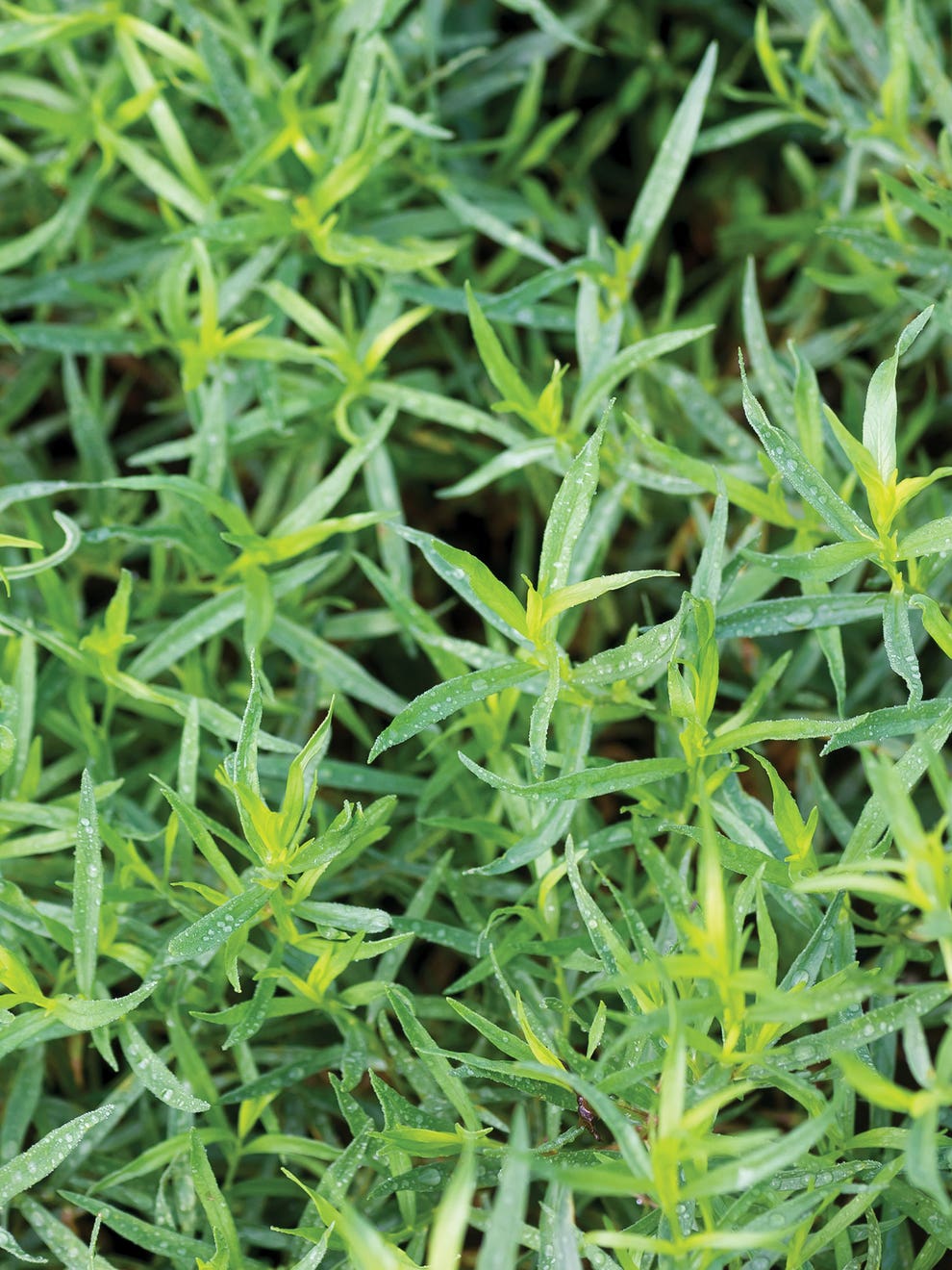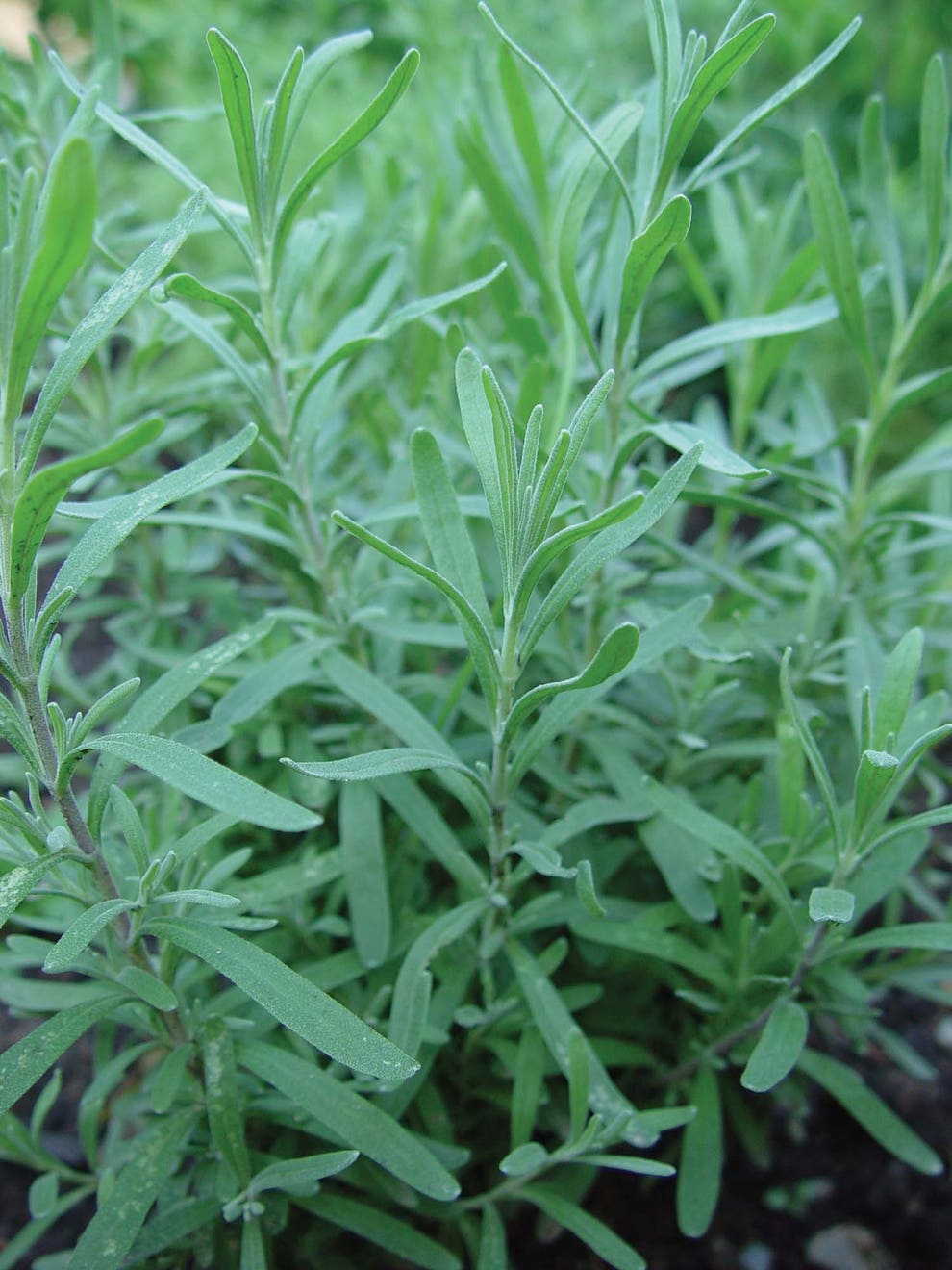
Tarragon is a perennial herb with long, light green leaves and tiny greenish or yellowish white flowers. Here’s how to grow tarragon in your herb garden!
For cooking, use French tarragon. Russian tarragon can easily be mistaken for French, but Russian tarragon is coarser and less flavorful than French tarragon.
For more information on how to grow tarragon click the following hyperlink to Farmers Almanac Tarragon.
For other resources please click on Gardening Know How's Tarragon link.
Description: Cooks Garden Favorite. An essential herb for French cuisine, tarragon adds flavor and depth to sauces, salads, eggs, soups, fish and poultry dishes—and is the sine qua non for béarnaise sauce. Flavors similar to anise, licorice, and fennel, French tarragon lends a beautifully soft texture to the garden with soft, strappy, narrow green leaves. Tarragon gives great balance to vinegar-infused recipes but be sure to chop well as chewing on full leaves can leave a slight numbness in the mouth as a result of naturally occurring compounds (hydroxy-alpha-sanshool). A Cooks favorite for use in salad dressings, egg dishes, sauces, and flavoring meat dishes.

Description: A great substitute for French tarragon, Mexican tarragon stands up to the heat of summer. Adds flavor and depth to sauces, salads, eggs, soups, fish and poultry dishes. Narrow, tapering, aromatic, green leaves impart a prismatic blend of hints of licorice, anise and vanilla. Upright, bushy 24" plants offer up their tantalizing leaves beginning in early spring; come late summer, clusters of tiny, pale golden flowers appear. One of the finest herbs, tarragon gives any dish a delectable French accent. Mexican tarragon stands up to the heat of summer.

Description: Russian tarragon's lightly licorice-flavored leaves are ideal for flavoring fish, potato and poultry dishes. Add delicious depth of flavor to your cooking with homegrown herbs.
